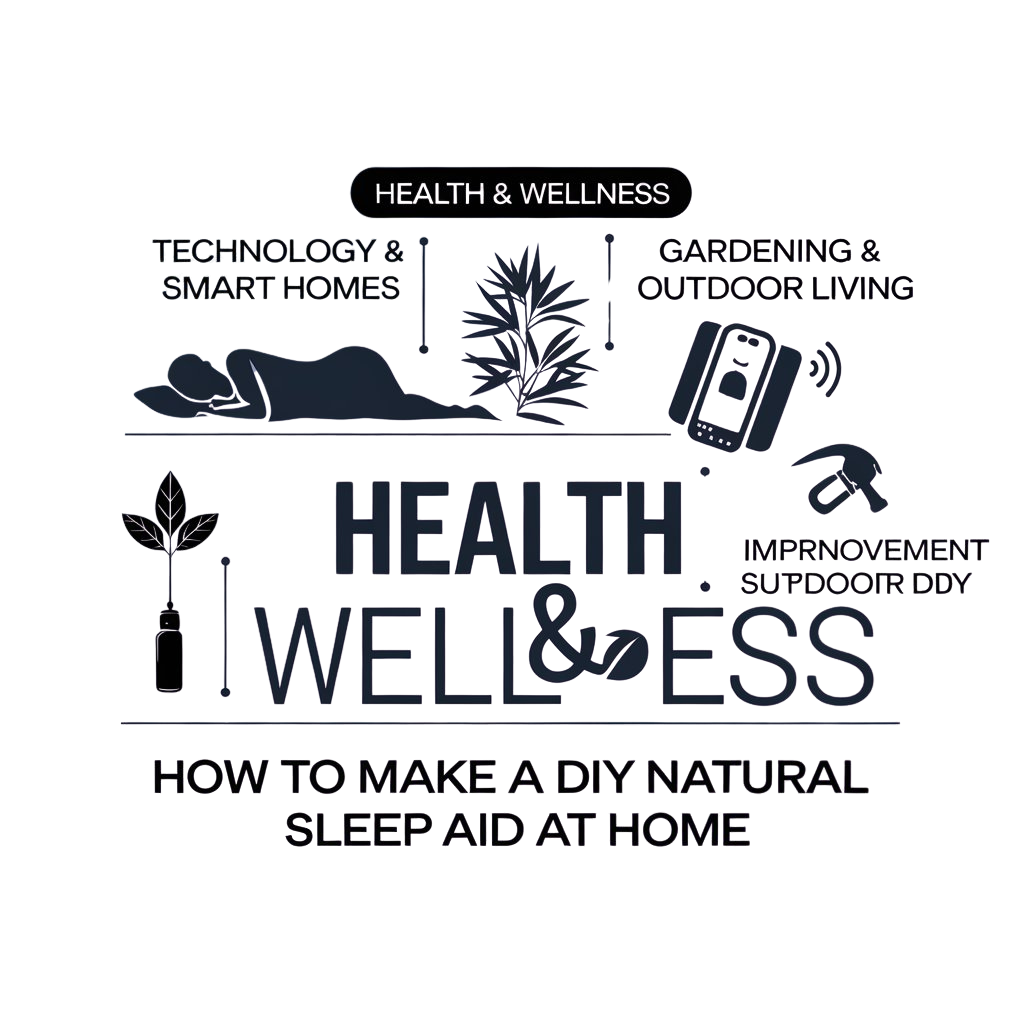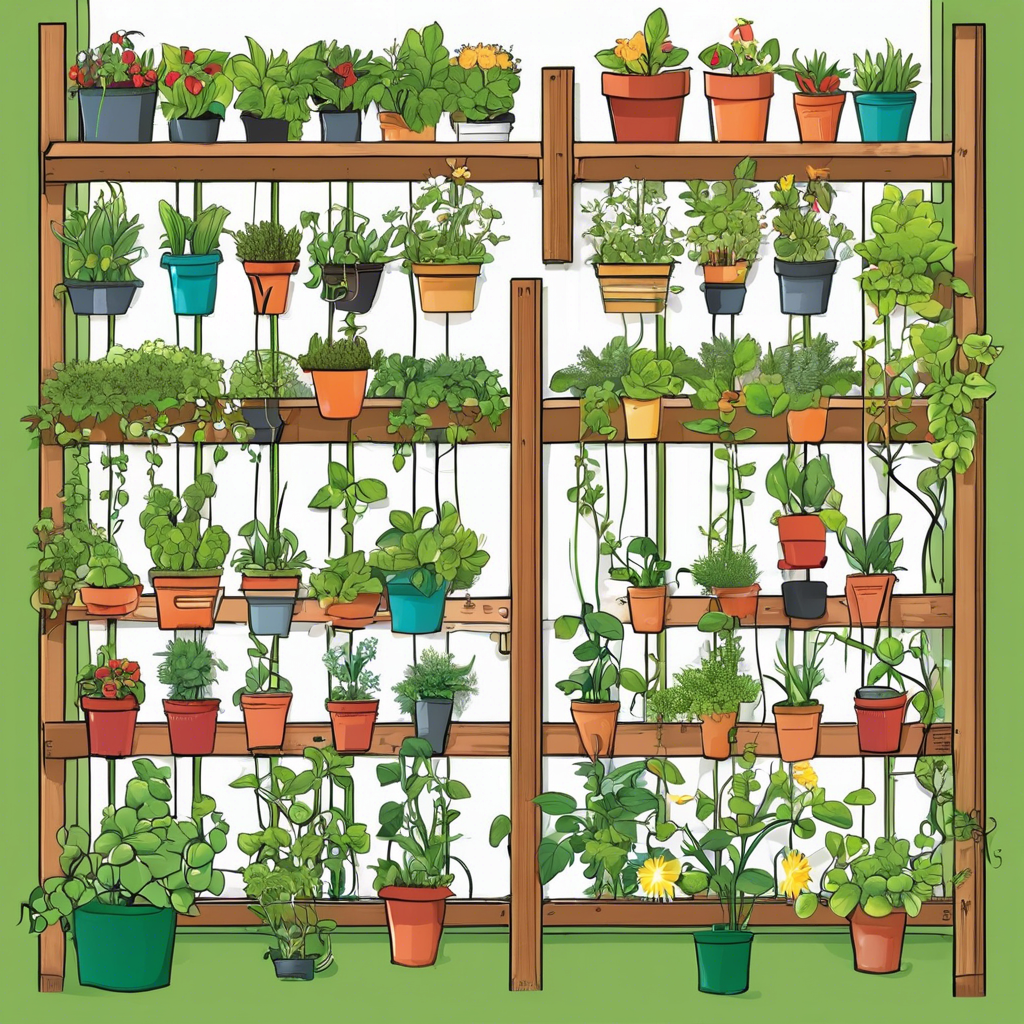Are you an urban gardener or someone with limited space who wants to maximize their plant production? Look no further than vertical gardening! This innovative technique allows you to grow a variety of plants in a small footprint, making it perfect for balconies, patios, and even windowsills. By utilizing vertical space, you can create a lush, productive garden that rivals traditional ground-level plots. In this article, we’ll explore the benefits of vertical gardening and provide a step-by-step guide to help you get started.
##
Understanding Vertical Gardening
Vertical gardening is a method of cultivating plants on vertical structures, such as walls, trellises, or towers. This approach maximizes space utilization and can transform underutilized areas into flourishing oases.
###
Benefits of Vertical Gardening
Vertical gardening offers numerous advantages, especially in urban settings:
– **Space Efficiency**: Utilize vertical real estate to increase growing area.
– **Accessibility**: Easier access to plants for maintenance and harvesting.
– **Improved Air Circulation**: Reduces the risk of diseases and pests.
– **Sunlight Optimization**: Allows more plants to receive adequate sunlight.
– **Aesthetic Appeal**: Creates a unique, eye-catching garden design.
###
Choosing the Right Plants
When embarking on your vertical garden journey, selecting the right plants is crucial. Consider these factors:
–
Plant Size and Growth Habit
Choose compact varieties suitable for small spaces. Trailing or vining plants like tomatoes, cucumbers, and peas are excellent for vertical growth.
–
Sunlight Requirements
Ensure the selected plants match the available sunlight. For example, leafy greens and herbs can thrive in partial shade, while vegetables like peppers require full sun. Morning Chores offers insightful tips on plant selection.
–
Watering Needs
Some plants are more drought-tolerant, making them ideal for vertical setups where watering can be challenging. Succulents and certain herbs are great options. Learn more about vertical gardening from The Spruce.
##
Creating Your Vertical Garden
###
Choose Your Structure
The foundation of your vertical garden is the structure you select. Common options include:
– **Trellises**: Provide support for climbing plants.
– **Wall-mounted Systems**: Ideal for herbs and small plants.
– **Freestanding Towers**: Offer more growing space.
– **Hanging Planters**: Perfect for balconies and porches.
###
Prepare Your Growing Medium
The right growing medium ensures healthy plants. Consider options like potting soil, coconut coir, or hydroponic systems for vertical gardens. The Spruce offers insights into various growing mediums.
###
Planting and Maintenance
Follow these steps for a successful vertical garden:
–
Plant Selection and Spacing
Choose plants based on your climate and available space. Ensure proper spacing to prevent overcrowding.
–
Watering and Fertilizing
Water regularly, especially during hot weather. Fertilize as needed to promote healthy growth.
–
Pruning and Training
Train vines and climbers to grow vertically. Regular pruning keeps plants healthy and productive.
##
FAQ
###
How do I water plants in a vertical garden?
Watering can be a challenge in vertical gardens. Consider using drip irrigation systems or self-watering containers. Water thoroughly but avoid overwatering to prevent root rot.
###
Can I grow vegetables in a vertical garden?
Absolutely! Vertical gardens are perfect for vegetables like tomatoes, cucumbers, and beans. Choose compact varieties for best results.
###
How often should I fertilize my vertical garden plants?
Fertilization depends on the plants and growing medium. Generally, fertilize every 2-4 weeks during the growing season. Follow package instructions for specific fertilizers.
In conclusion, vertical gardening is a fantastic way to maximize your harvest in limited spaces. By choosing the right plants, structures, and maintenance techniques, you can create a thriving vertical garden. Whether you’re a city dweller or simply want to make the most of your outdoor area, vertical gardening offers an efficient and rewarding solution. Get creative, experiment with different plants, and enjoy the benefits of a lush, vertical oasis.

